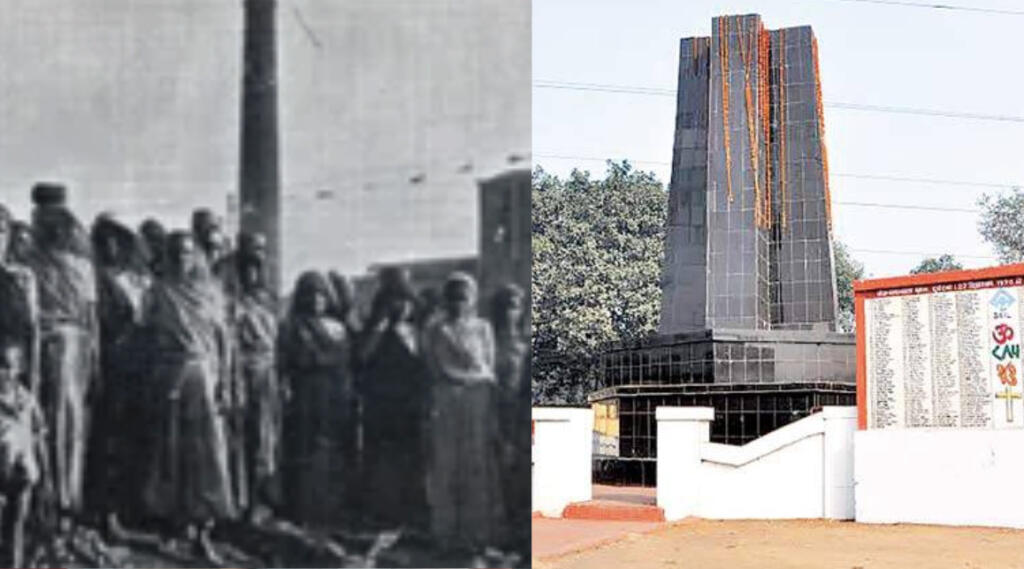Forty-six years of the Chasnala mining disaster — a horrific accident that witnessed 375 miners buried alive in an unfathomable shaft mine. Though it was the second deadliest coal mining disaster in history after the Courrieres mine disaster in France in 1906, there was no media coverage as the then Indira Gandhi-led Government made all the cunning attempts to erase the memories of tragedy from the minds of the Indians.
Chasnala mining disaster
On December 27, 1975, a coal mine tragedy occurred near Dhanbad. Interestingly, the shaft belonged to the government-owned Indian Iron and Steel Company (IISCo). As per the reports, an already debilitated 80-feet wall of coal between the active mine pit and a mine full of water, above it, collapsed unexpectedly. At that time, 375 miners and company officials were inside the mine. And, what happened later was a massive tragedy.
Experts reported that approximately 1,35,000 cubic metres of water ran into the active mine where the miners were trapped in a watery grave. People died a horrible death on the spot. According to a paper by the Centre on Environmental Problems of Mining, “The remains of some of the bodies could be identified by their cap-lamps, wearing apparel and/or by some materials like keys, knives, etc. However, most of them could not be identified because cap-lamps were not found attached to them.”
Government’s attempt to hide their failure
Well, there are no reports and media coverage for the Chasnala mining disaster. The investigations revealed that safety procedures were unsympathetically dismissed, and dangerous signs were ignored. Though the barrier between the two mines was quite thin, no safety equipments were available on the site. And, the high-pressure pumps to clear the water were imported from Russia and Poland.
Despite the submission of an enquiry report two years later by Ujjal Narayan Sinha, the former Chief Justice of the Patna High Court, it took 37 years for the case to be solved. And two of the four people who were found guilty, had died during that period.
Moreover, the then Prime Minister, Indira Gandhi, imposed emergency on the midnight of 25 June 1975. During the time of emergency, fundamental rights of citizens were suspended, each and every voice of dissent and protest were brutally suppressed, and all the constitutional bodies were forced to surrender before the government’s diktat.
And dejectedly, the tragedy occurred during the emergency period. A reason why the tragedy was ignored and the ruling party tried to erase it from history. And it is because of the selfish agendas of the then Indira Gandhi-led Government that a memorial at the site, Shaheed Smarak, is the only grim reminder of India’s worst mining disaster, that is, the Chasnala mining disaster.
